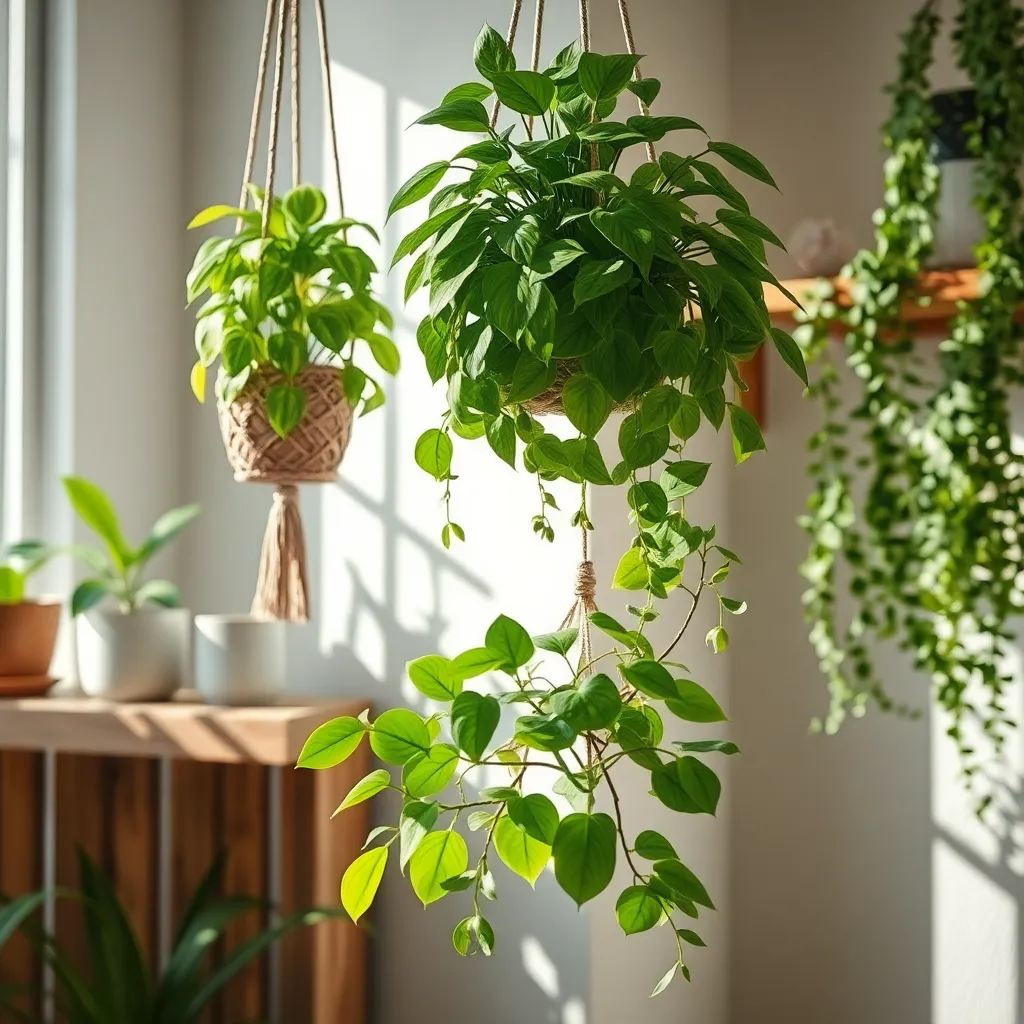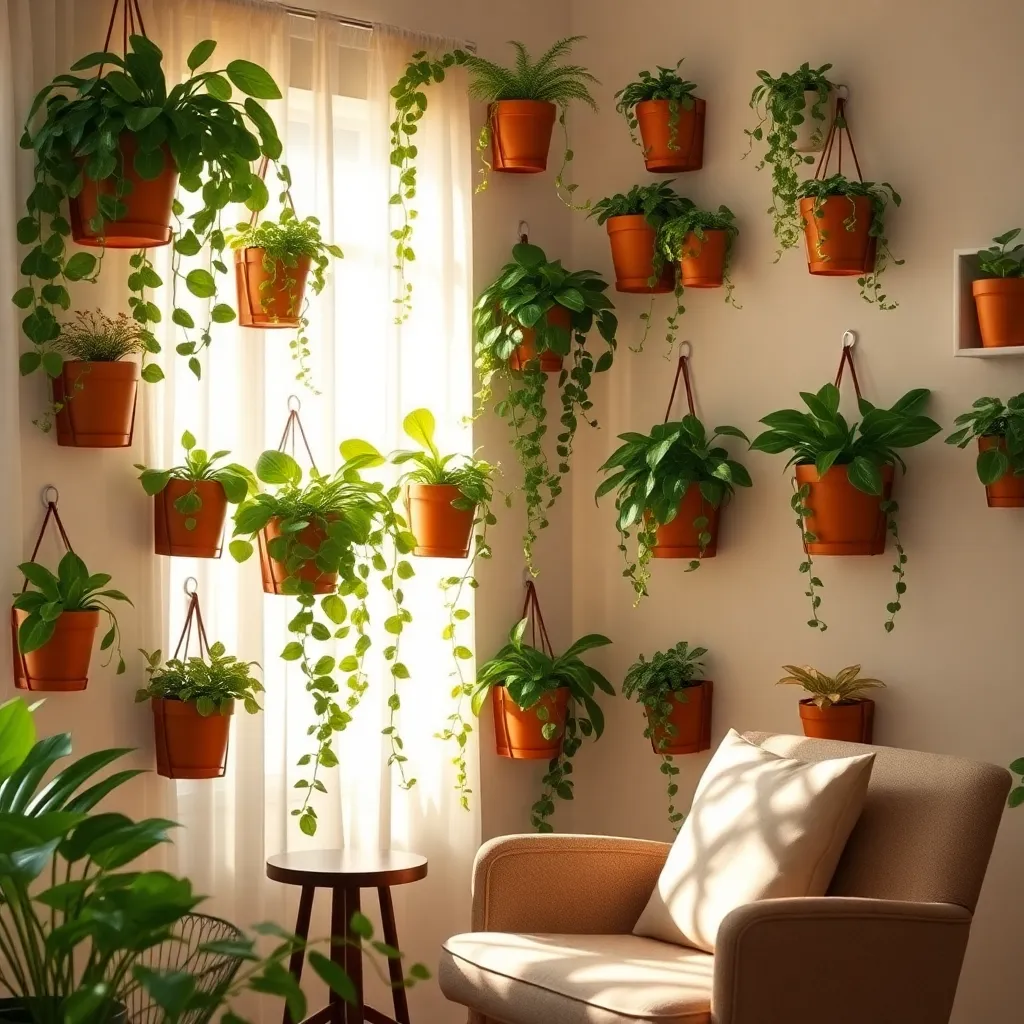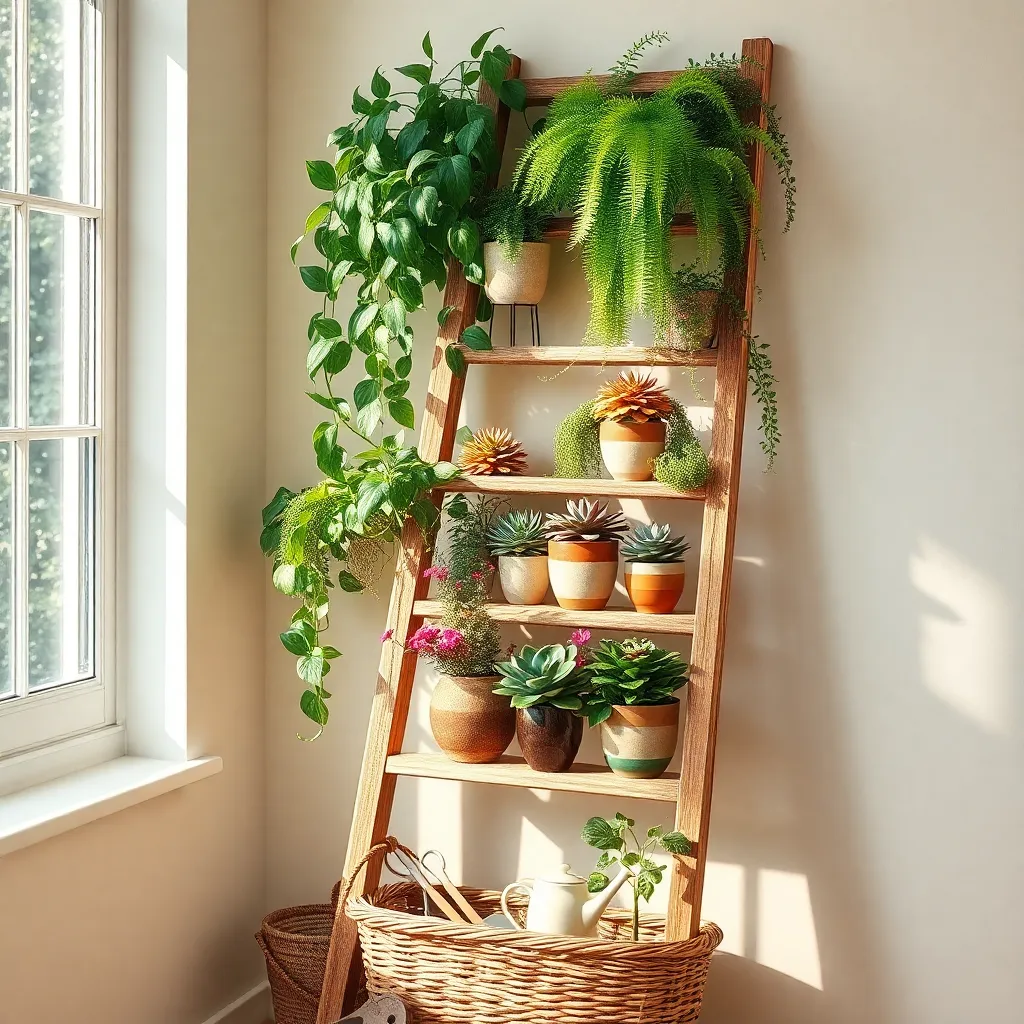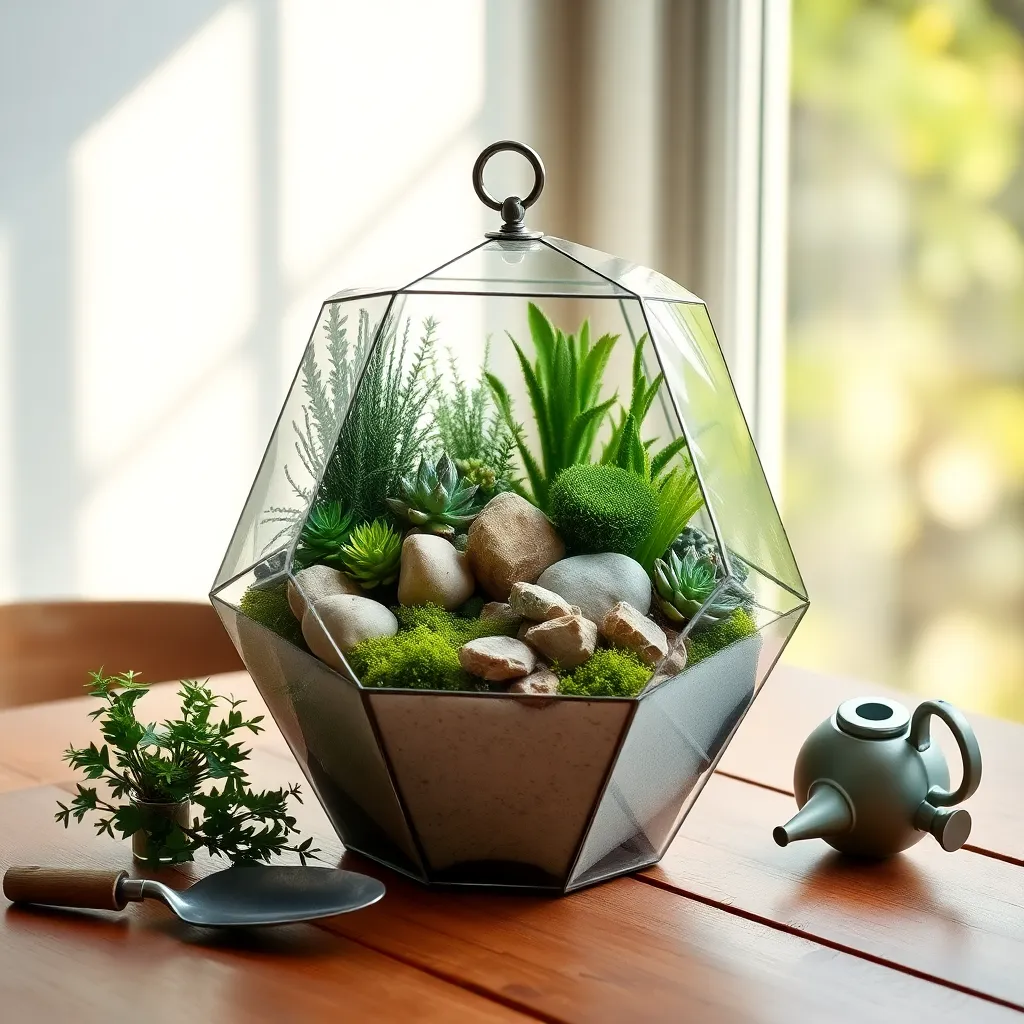Welcome to “Creative Ways to Display Indoor Plants,” where the vibrant world of indoor gardening comes alive with endless possibilities! Whether you’re just starting to nurture your green thumb or you’ve been tending your indoor oasis for years, this guide is your ticket to transforming any space into a lush, thriving sanctuary. Indoor plants do more than just beautify your home—they purify the air, boost your mood, and bring a touch of nature indoors, making your environment both healthier and more serene.
In this guide, you’ll discover imaginative and practical methods to showcase your beloved plants, elevating them from simple decor to stunning focal points. From hanging gardens to creative container ideas, each technique is designed to inspire and empower you to bring out the best in your plants. With our expert tips and tricks, you’ll gain the confidence to experiment and personalize your plant displays, ensuring they flourish in any setting. So, let’s embark on this delightful journey together and unlock the joy and rewards that come with a successful indoor garden!
Hang Plants with Macramé Hangers

Macramé hangers offer a stylish way to display your indoor plants while maximizing space. These decorative holders can turn any room into a lush sanctuary by suspending plants at varying heights.
When selecting plants for your macramé hangers, consider those that thrive in your home’s lighting conditions. Trailing plants such as pothos and string of pearls are excellent choices, as they naturally cascade over the edges, enhancing the visual appeal.
Ensure your chosen plants are in well-draining pots to prevent waterlogging, which can lead to root rot. A potting mix with perlite or orchid bark mixed in is beneficial for plants in hanging setups, as it allows for better aeration and drainage.
Watering needs will differ based on the plant species and the room’s humidity level, but a general rule is to water when the top inch of soil feels dry. In high humidity areas, reduce watering frequency, while plants in drier environments may require more frequent attention.
For advanced gardeners, experimenting with different knot patterns in your macramé hangers can add a personalized touch to your plant displays. Additionally, using different colored cords can help bring a cohesive look to your indoor plant arrangement, complementing your home’s décor.
Group Varied Heights on Shelves

Grouping plants of varied heights on shelves can create a visually appealing display that adds depth to your indoor garden. Start by selecting a mix of tall, medium, and small plants to ensure a dynamic arrangement that draws the eye.
For beginners, consider using easy-to-care-for plants like pothos, snake plants, and succulents, which thrive well indoors. Place the tallest plants like a snake plant or dracaena at the back of the shelf to provide a structured backdrop for shorter plants.
Advanced gardeners might include a more diverse selection such as ferns, orchids, and trailing ivy, which can cascade downwards adding a lush effect. Ensure each plant receives adequate light by rotating them periodically, especially if one side of the shelf is closer to a light source.
Watering needs will vary depending on the plant species, so it’s important to check the soil moisture regularly. Use a well-draining soil mix, particularly for succulents and cacti, and water only when the top inch of soil feels dry to the touch.
Utilize Wall-Mounted Planters

Wall-mounted planters offer a fantastic way to maximize vertical space while adding a lush, green element to your walls. They are perfect for small spaces where floor space is limited, allowing you to create a stunning display of greenery without clutter.
When selecting plants for wall-mounted planters, consider species that thrive in indirect light, such as pothos or ferns. These plants are generally low-maintenance and can adapt to various indoor environments, making them ideal for beginners.
It’s important to choose the right soil mix for your wall planters to ensure proper drainage and prevent root rot. A light, well-draining potting mix with added perlite or sand will help maintain the right moisture balance for your plants.
For optimal growth and health, water your wall-mounted plants regularly but avoid overwatering. A good rule of thumb is to water when the top inch of soil feels dry to the touch, ensuring that excess water can freely drain away.
Create a Plant Ladder Display

Building a plant ladder display is an excellent way to showcase your indoor plants while saving space. Start by selecting a ladder that fits your aesthetic—wooden ladders offer a rustic charm, while metal options can provide a sleek, modern look.
Position your plant ladder in a spot where it can receive adequate light, but ensure it’s not in direct sunlight if your plants prefer indirect light. Consider the light requirements of each plant and arrange them accordingly; plants needing the most light should be placed on the top rungs.
Choose lightweight pots to avoid adding too much weight to the ladder, which could make it unstable. Opt for pots with drainage holes to prevent water from accumulating and causing root rot, a common issue in indoor gardening.
To enhance the display, incorporate a variety of plant types such as trailing plants, like pothos or ivy, alongside upright plants like snake plants or zz plants. Mixing textures and heights will create an eye-catching display that draws attention.
Incorporate Plants in Terrariums

Incorporating plants in terrariums is a delightful way to bring a miniature garden into your home. These self-contained ecosystems require minimal maintenance, making them perfect for busy gardeners or beginners.
To start, choose a clear glass container that will allow light to reach your plants. Ensure it has a wide opening for easy access and sufficient air circulation, which is crucial for plant health.
Select plants that thrive in high humidity environments, such as ferns, mosses, and small tropical plants. Succulents can also be used in open terrariums, but they require less frequent watering and more light.
Layering is key for a successful terrarium: start with a layer of small stones or gravel for drainage, followed by a layer of charcoal to keep the environment fresh. Add a layer of potting soil suitable for your chosen plants, ensuring it’s nutrient-rich and well-draining.
Water your terrarium sparingly, as the enclosed environment retains moisture. Check the soil every few weeks, and if it feels dry, add a small amount of water—usually just a misting is sufficient.
For those looking to enhance their terrarium, consider adding decorative elements like small figurines or colored sand. This can personalize your terrarium and make it a stunning focal point in any room.
Conclusion: Growing Success with These Plants
In navigating the lush world of indoor plant displays, we’ve uncovered five key concepts that can enrich both your green space and your relationships. First, we delved into the art of collaboration, highlighting how nurturing plants together can strengthen bonds. Next, we explored the theme of personal expression, encouraging shared creativity in plant arrangements. Our third focus was on communication, using plant care as a metaphor for understanding and listening in relationships. Fourth, we discussed adaptability, learning to adjust and thrive in varying environments. Lastly, we examined mindfulness, fostering a calm and present atmosphere through plant care.
As an immediate next step, choose one plant project to tackle with your partner or loved ones this week—perhaps designing a succulent terrarium or creating a herb garden. This small yet meaningful activity can be a stepping stone to deeper connection.
Don’t forget to bookmark this article for future inspiration, as these concepts can continually enrich your relationship journey. With each step, may your relationships bloom as beautifully as your plants, fostering a garden of shared growth and success. Remember, every effort in nurturing your connections is a seed planted for future joy.

